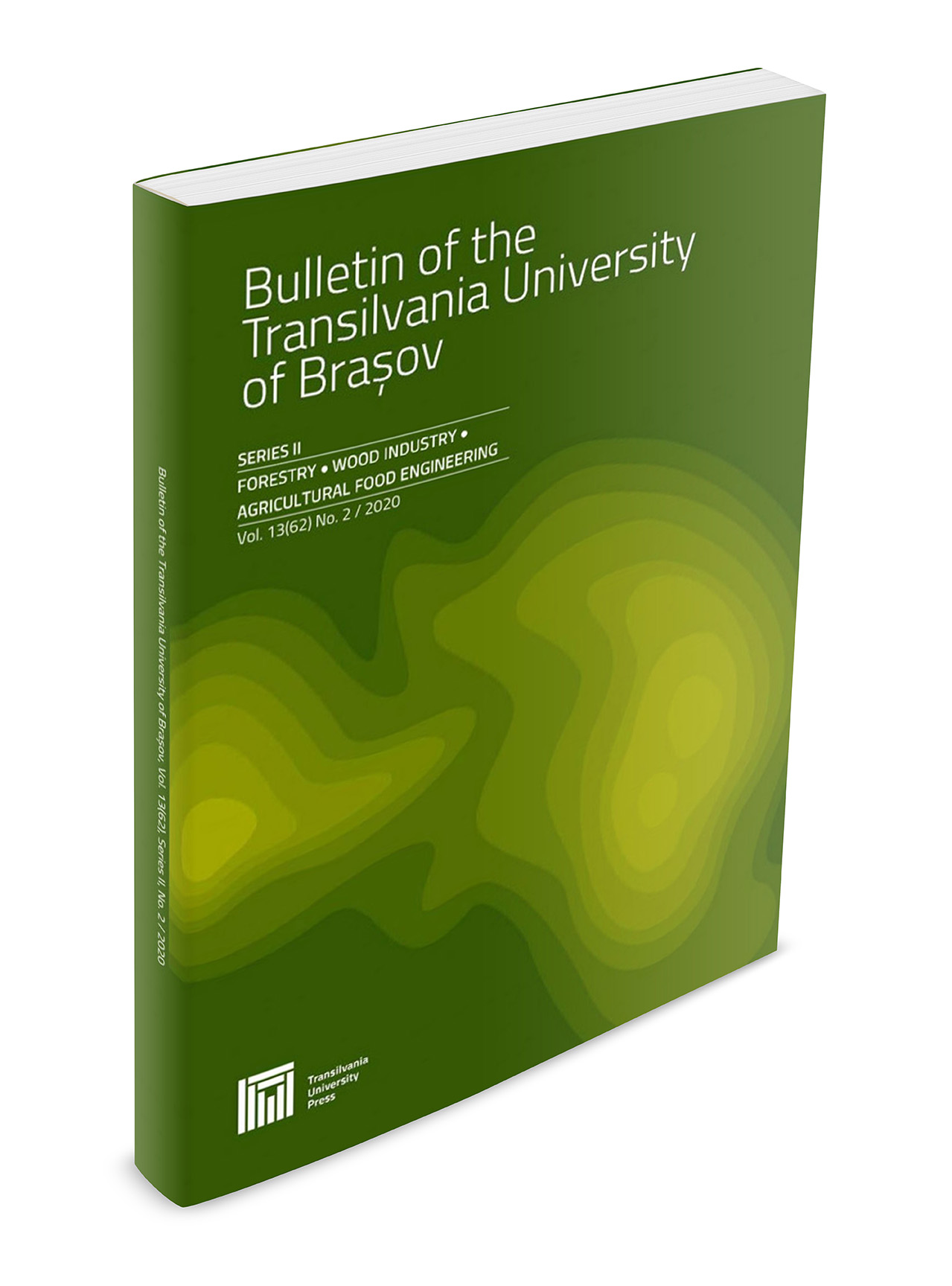Green Methods for Extraction of Inulin and Antioxidants from Carlina acanthifolia L. Roots – A Comparative Study
DOI:
https://doi.org/10.31926/but.fwiafe.2022.15.64.2.13Keywords:
antioxidant activity, Carlina acanthifolia, inulin, pressure liquid extraction, ultrasound-assisted extractionAbstract
Green extraction methods present a perspective approach for the isolation of bioactive molecules. Together with an ecofriendly approach to extraction, there are many undervalued plants - a rich of source of prebiotics and phenolic compounds. Carlina acanthifolia L. roots possessed antimicrobial, anti-inflammatory, and anti-ulcer properties due to the diverse bioactive compounds in them. Detailed information about inulin-type fructan in its roots is still absent. The object of this work was to define inulin, sugars, and phenolic content, the antioxidant activity in the water, and 70 % ethanol extract resulting from ultrasound-assisted extraction (UAE) and pressure-liquid extraction (PLE). The results showed that the total fructans reached 12.6±0.2 g/100 g dw. Inulin was found in water extracts (6.82 g/100 g dw) in the prevalence of ultrasound-assisted extracts. Total phenolic content did to not exceed 15.25 mg GAE/g dw. Additionally, the antioxidant activities were in the range from 5.99 to 205.83 μM TE/g dw. In conclusion, water extracts from UAE demonstrated higher levels of bioactive compounds with antioxidantive properties, probably due to cavitation process. However, this study is the first detailed investigation for fructans and polyphenols content, as well as antioxidant activity of Carlina acanthifolia L. roots in extracts obtained by green methods. Therefore, this research enriched the information of bioactive compounds in Carlina acanthifolia L. roots.Downloads
Published
2022-12-21
Issue
Section
AGRICULTURAL FOOD ENGINEERING



